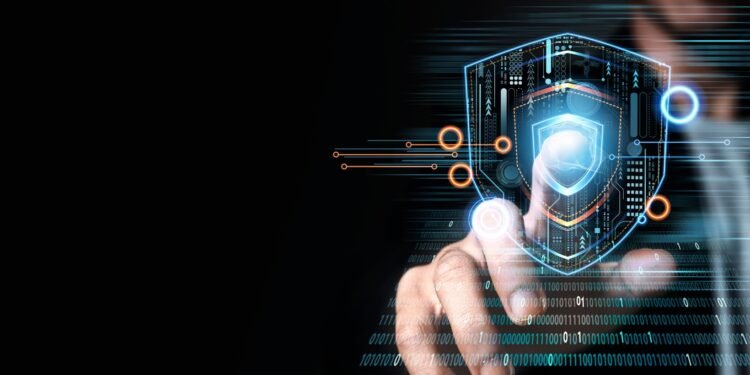As a security expert with years of experience, I understand the importance of a robust physical security program. In today’s world, where unauthorized access poses a significant threat to businesses and individuals, implementing a comprehensive security plan is crucial. A well-designed physical security program not only deters potential intruders but also provides peace of mind to employees and customers alike.
When it comes to preventing unauthorized access, a physical security program is the first line of defense. By implementing access control measures such as key cards, biometric scanners, and surveillance cameras, organizations can effectively restrict entry to authorized personnel only. This not only prevents unauthorized individuals from gaining access to sensitive areas but also allows for easy tracking and monitoring of employee movements.
What is a Physical Security Program?
Definition of Physical Security Program
A physical security program is a comprehensive strategy that aims to prevent unauthorized access to a physical space or premises. It involves implementing a combination of measures and protocols to safeguard assets, people, and information from potential threats. These measures can include access control systems, surveillance cameras, security guards, alarms, and other physical barriers.
Importance of Physical Security Program
A physical security program is of utmost importance in today’s world, where unauthorized access and security breaches can have serious consequences. Here are a few reasons why implementing a physical security program is crucial:
- Preventing Unauthorized Access: The primary role of a physical security program is to prevent unauthorized individuals from entering restricted areas or premises. By implementing access control measures such as key cards, biometric scanners, or security personnel, organizations can ensure that only authorized personnel have access to sensitive areas.
- Protecting Assets: A physical security program helps protect valuable assets such as equipment, merchandise, data centers, or confidential information. By implementing security measures like surveillance cameras, alarms, and physical barriers, organizations can deter potential intruders and minimize the risk of theft, vandalism, or sabotage.
- Ensuring Safety: A well-designed physical security program helps ensure the safety of employees, customers, and visitors. Visible security measures like security guards, well-lit areas, and emergency response protocols can create a sense of security and deter potential threats, making the premises safer for everyone.
- Mitigating Risks: A comprehensive physical security program identifies potential risks and takes proactive measures to mitigate them. By conducting risk assessments, organizations can identify vulnerabilities and implement appropriate measures to address them. This helps minimize the likelihood of security incidents and their potential impact.
- Instilling Confidence: A visible and robust physical security program not only protects against security threats but also instills confidence in employees, customers, and stakeholders. Knowing that their safety and assets are being protected creates a positive environment and fosters trust in the organization.

A well-implemented physical security program helps prevent unauthorized access to sensitive areas, reducing the risk of security breaches and potential threats. By implementing access control systems, such as key cards or biometric scanners, organizations can restrict entry to authorized personnel only. This ensures that only employees, contractors, or approved visitors can enter specific areas, increasing the overall security of the premises.
Protection of Company Assets
A physical security program plays a crucial role in protecting valuable company assets. Organizations invest significant resources in equipment, inventory, and intellectual property, and it’s essential to safeguard these assets from theft, damage, or unauthorized use. By implementing surveillance cameras, security guards, and alarms, organizations can effectively deter potential intruders and minimize the risk of asset loss.
Reduction in Theft and Vandalism
Implementing a physical security program can significantly reduce the occurrence of theft and vandalism. Visible security measures, such as security cameras and alarms, act as a deterrent to potential criminals. The presence of these security measures sends a strong message that unauthorized activities will be detected and reported. This not only protects the organization’s assets but also creates a safer environment for employees, customers, and visitors.
Enhanced Employee Safety and Security
A comprehensive physical security program helps enhance employee safety and security. Employees often feel more secure and protected when they know that their workplace has implemented effective security measures. This can lead to increased productivity and a greater sense of wellbeing. By implementing security measures like surveillance cameras, security guards, and emergency response protocols, organizations demonstrate their commitment to the safety and welfare of their employees.
A physical security program provides numerous benefits for organizations. It prevents unauthorized access, protects valuable company assets, reduces theft and vandalism, and enhances employee safety and security. By investing in a comprehensive physical security program, organizations can create a secure environment, instill confidence in employees and customers, and mitigate the risk of potential security incidents.














































































































